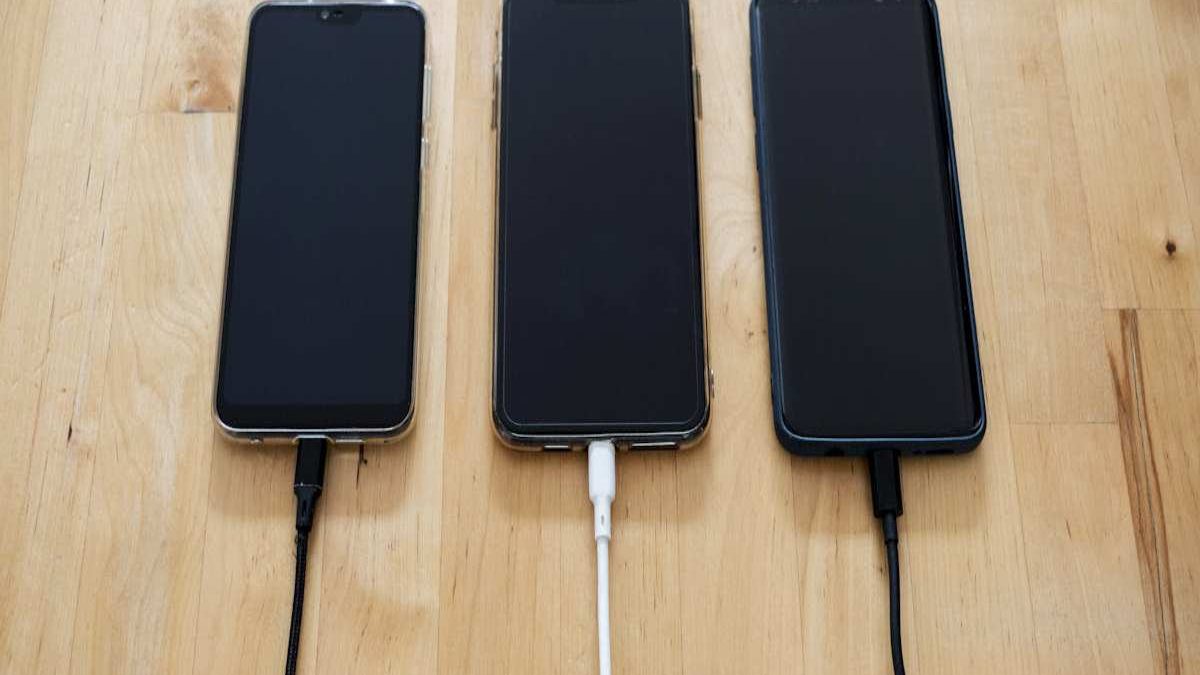In our tech-savvy world, gadgets are essential tools in our daily lives. We rely on them for various tasks, from communication to entertainment. However, as powerful as these devices are, they come with one major limitation: battery life. While manufacturers are continually working on improving battery technology, the best way to maximize the life of our gadgets is by understanding and optimizing their power consumption through power analysis. This article discusses the intricacies of power analysis and offers insights on maximizing gadget battery life.
Table of Contents
Understanding Power Analysis
Power analysis is the study of how an electronic device consumes power. It involves measuring the current drawn by the device, analyzing power patterns, and identifying areas where energy is wasted. By understanding these factors, users can make informed decisions about how to extend their gadget’s battery life. One useful tool for conducting a thorough power analysis is a power analyzer. This device helps to measure and evaluate the power consumption of various components, making it easier to identify inefficiencies and implement effective power management strategies.
Why Battery Life Varies
The duration for which a gadget’s battery lasts can vary significantly depending on several factors such as usage patterns, ambient temperature, and the age of the battery. For example, high-resource activities like gaming or video streaming will drain the battery faster than simple tasks like texting or browsing the web. Additionally, colder temperatures can reduce battery efficiency, while older batteries often hold a diminished charge compared to new ones.
Power Management Techniques
Once the power-consuming components have been identified, various techniques can be employed to manage and reduce their power consumption effectively. These techniques help extend battery life without significantly impacting the overall performance and usability of the device.
- Adaptive Brightness: Many devices offer an adaptive brightness feature that automatically adjusts screen brightness based on ambient light, optimizing power usage.
- Processor Throttling: Modern processors can be throttled to run at lower speeds when high performance is not required, thus conserving energy.
- Turning Off Unused Modules: Disabling Wi-Fi, Bluetooth, or GPS when not in use can save a considerable amount of power.
- Energy-Efficient Software: Utilizing apps and software that are designed to be energy-efficient can contribute significantly to battery preservation.
Optimizing Power Usage through Regular Updates
Regularly updating the software on your gadgets can have a positive impact on battery life. Software updates often include bug fixes and performance improvements that can lead to more efficient power management. These updates can optimize how the operating system and applications interact with the hardware, reducing unnecessary power drain.
Analyzing Power Usage
Effective power analysis begins with identifying the primary components that consume power in a gadget. Typically, these include the screen, processor, wireless modules (like Wi-Fi and Bluetooth), and sensors. Monitoring the power consumption of these components helps reveal which of them are the most energy-intensive.
- Screen: The display is often the biggest energy drain, especially in devices with large, high-resolution screens.
- Processor: The central processing unit (CPU) and graphics processing unit (GPU) handle most of the computational tasks and can consume varying amounts of power based on the workload.
- Wireless Modules: Wi-Fi, Bluetooth, and cellular data modules are significant power consumers, especially when transmitting large amounts of data.
- Sensors: Sensors like GPS, accelerometers, and gyroscopes also use power, albeit generally less than the aforementioned components.
The Impact of Battery Calibration
Battery calibration is another technique that can help improve the accuracy of battery life predictions and ensure that the device operates more efficiently. Calibration involves fully charging and discharging the battery to reset the device’s battery management system. This can help extend the functional lifespan of the battery by maintaining its health and performance.
Exploring Third-Party Battery Optimization Apps
There are various third-party apps available that claim to enhance battery life through advanced optimization techniques. These apps provide users with detailed insights into their device’s power consumption and offer recommendations for reducing energy usage. While it is essential to choose reputable apps, they can serve as valuable tools in the quest for extended battery life.
The Role of User Behavior
While hardware and software optimizations are crucial, user behavior also plays a significant role in battery conservation. Simple habits like dimming the screen, closing unused apps, and avoiding resource-intensive activities when the battery is low can make a difference. Additionally, regularly reviewing battery usage statistics can help users understand which apps or activities are the most power-hungry.
Future Trends in Battery Technology
Exciting advancements are being made in battery technology that promise to enhance battery life further. Innovations like solid-state batteries, which offer higher energy densities and better safety features than current lithium-ion batteries, are on the horizon. Furthermore, research into energy harvesting technologies is exploring ways to recharge devices using ambient energy sources such as light, heat, or motion.
Maximizing the battery life of gadgets through power analysis is both a science and an art. By understanding the fundamental aspects of power consumption and taking proactive steps to manage it, users can significantly extend the operational time of their devices. As technology continues to evolve, we can look forward to even more advanced solutions that will make our gadgets last longer, thereby enhancing our overall tech experience.

